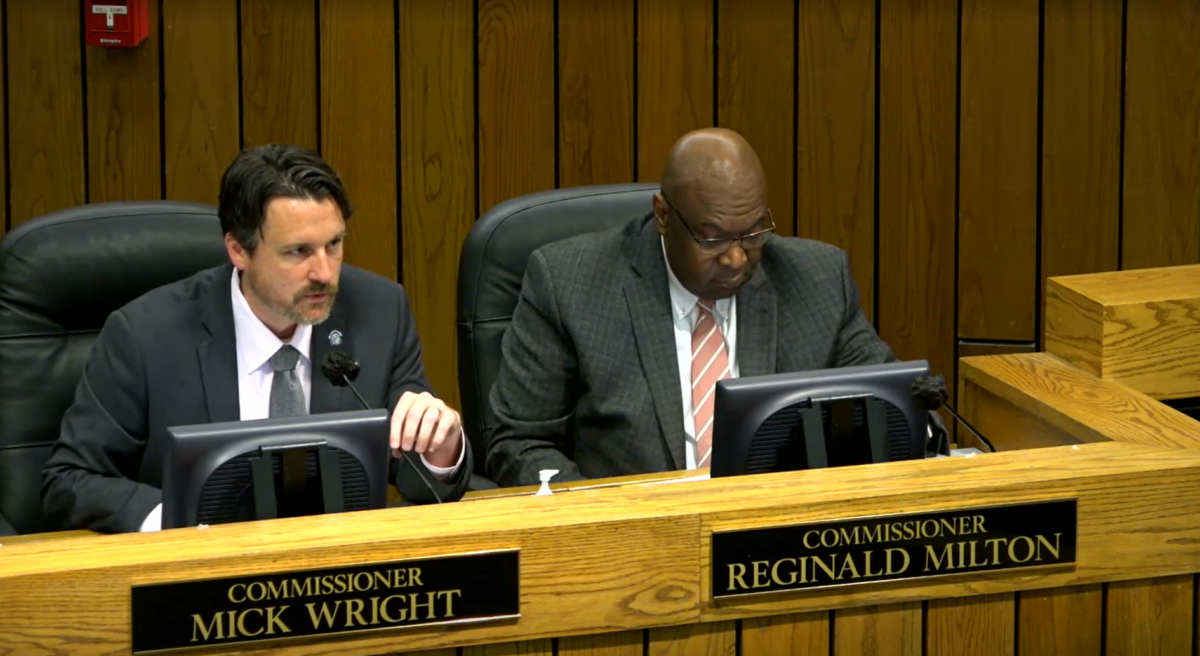This week the Shelby County Commission considers two ordinances drafted by a police reform group and sponsored by Commissioner Britney Thornton.
The first is an ordinance “to request that the Shelby County Sheriff’s Office disbands and discontinues future use of all Sheriff’s Office specialized units and task forces and ends participation in multi-jurisdictional and multi-agency task forces.”
The second is an ordinance “requesting the Shelby County Sheriff to: 1) ban biased traffic stops and the use of pretextual traffic stops for low-level violations; 2) limit searches, questioning, and the use of unmarked vehicles; and 3) bar surveillance as an alternative to pretextual traffic stops.”
Neither ordinance would appear to have force beyond making a suggestion to the Shelby County Sheriff, who is separately elected.
However, the Memphis area remains in the grip of a crime crisis, and these suggestions present a risk of signaling that law enforcement should back away from strategic efforts to ensure public safety.
The need for responsible change
The ordinances are part of the reaction to the Tyre Nichols case, a tragedy that demands justice and reform.
We have seen authorities properly respond by making records public, by firing those officers who were deemed responsible, and by filing criminal charges against them. Those matters are now before the court.
From a broader perspective, there are also calls to improve law enforcement hiring methods, training, and supervision. These reforms require funding (and not de-funding).
Meanwhile, the County Commission has already passed resolutions to expand data collection, to make additional investments in technology, and to add an annual training requirement.
And on Monday, the board also considers a resolution to affirm the government’s commitment to transparency as modeled by its release of the surveillance video and body camera footage.
These actions are responsible and necessary. They strengthen rather than weaken policing efforts.
The same could not be said of the two ordinances proposed by Thornton.
The plan for crime
A few citizens have asked recently what my plan is for crime.
While I have shared some of my own thoughts on crime and some of the actions I have taken to prioritize public safety as a member of the county’s legislative body, there is a more adequate response to the question.
The answer is this: it makes little sense for one county commissioner to create an independent plan.
We don’t need 13 commissioners working on 13 different plans, and 13 more drafted by each member of the city council, nor a host of other plans created by the city and county mayors, the Sheriff, the Chief of Police, the District Attorney, etc.
That would be a recipe for inefficiency, duplication and chaos.
What we need is one unified plan that incorporates the ideas and priorities of all the key stakeholders throughout our city and county, tracks their implementation, collects relevant data, and measures their success.
Here’s the good news. We already have such a plan.
It’s called the Safe Community Action Plan, assembled by the Memphis Shelby Crime Commission. It’s a coordinated, five-year plan to fight crime, and released about this time last year.
In October, the County Commission unanimously passed a resolution approving adoption of the plan.
Earlier this month, Crime Commission President Bill Gibbons appeared on Behind the Headlines and discussed some of the top priorities in the plan. I encourage you to watch the program.
Now for the not so good news. It’s not enough to adopt the plan. The plan also needs to be funded and implemented, and right now that work does not appear to be guided by anyone at the county level.
Funding and implementing the plan
The Crime Commission’s Safe Community Action plan features 20 action steps. Each action step includes one initiative and the key stakeholders who are responsible for seeing it through.
Twelve of the 20 action steps involve aspects of Shelby County Government (specifically steps 1 and 2, 8-13, and 16-19).
A couple of the steps are already either complete or in progress. Others have yet to begin. Few if any have been funded.
That needs to change. And that’s what I’m working on next.

